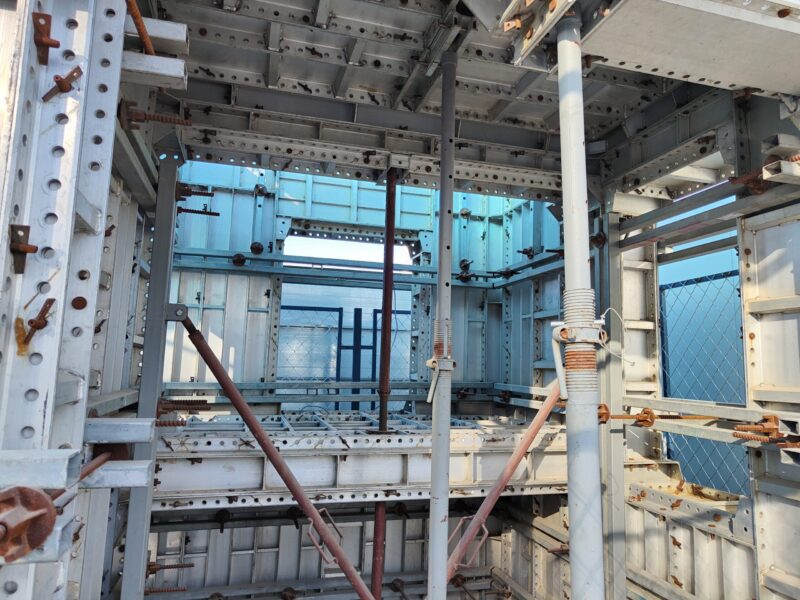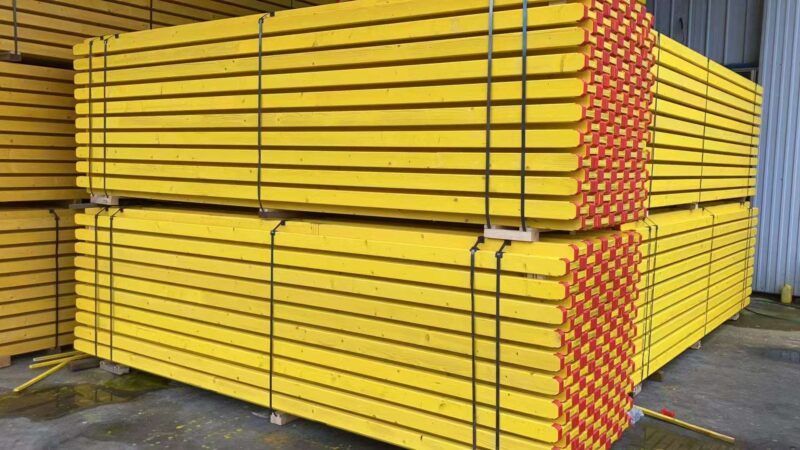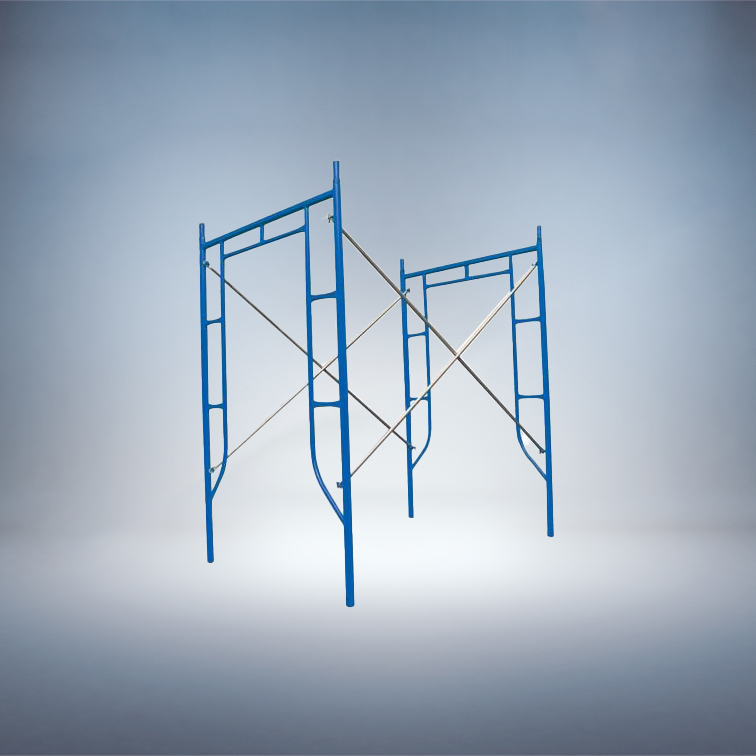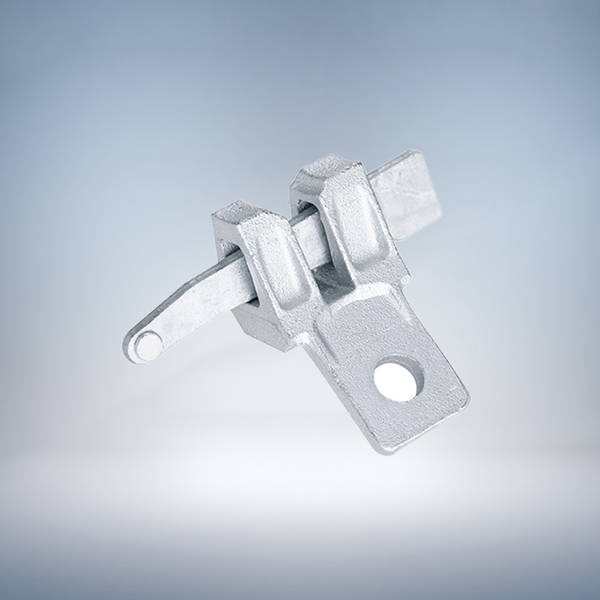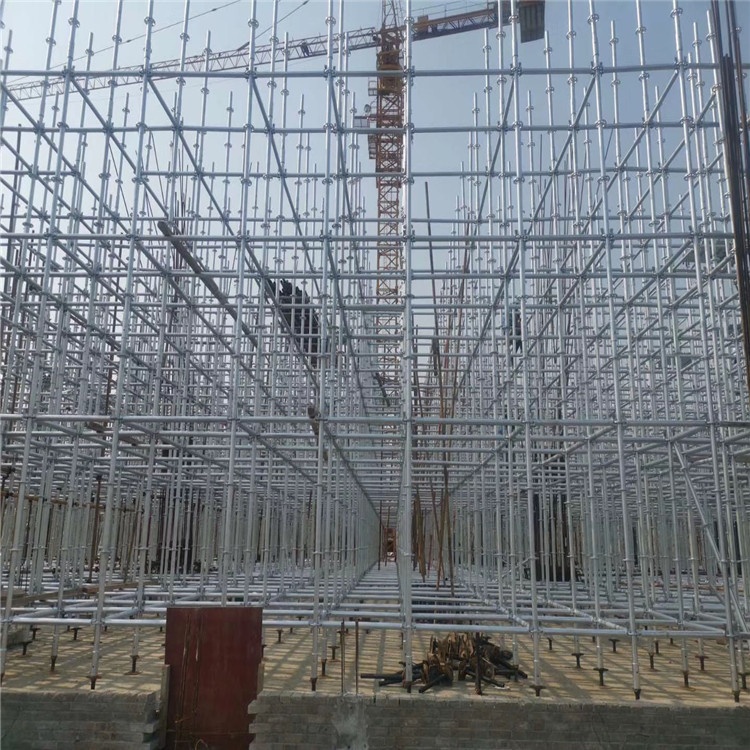Engineered Timber Beams vs. Reclaimed Wood: The Architect’s Guide for Modern Construction
Choosing the Right Beam: A Guide to Structural Integrity and Aesthetic Appeal
In the world of construction and architectural design, the choice of beams is a fundamental decision that impacts everything from structural soundness to the final aesthetic. Today, the debate often centers on the robust performance of modern engineered solutions versus the timeless charm of traditional materials. This guide delves into the two primary categories: high-strength engineered timber beams and character-rich reclaimed wood beams, along with innovative aesthetic alternatives.
The Power of Modern Engineering: Strength and Versatility
For primary structural applications where load-bearing capacity, consistency, and long spans are non-negotiable, engineered wood products are the undisputed champion.
-
Glue Laminated Timber Beams (Glulam): These beams, known as glue laminated wood beams or glue laminated beam, are created by bonding individual layers of dimension lumber with durable adhesives. This process creates a product that is stronger and more dimensionally stable than solid wood. Engineered glulam truss systems are particularly popular for creating large, open spaces in commercial and residential projects without the need for intermediate support columns.
-
The Engineered Advantage: The term engineered wood beams encompasses Glulam as well as other products like LVL (Laminated Veneer Lumber). Their key benefits include:
-
Superior Strength: Can be designed to carry heavier loads over longer distances than traditional timber.
-
Design Flexibility: They can be manufactured in a variety of curves and shapes, offering architects greater creative freedom.
-
Consistency and Reliability: Free from the knots and natural weaknesses found in solid wood, ensuring predictable performance.
-
A common question we receive is, “What is the engineered wood beam cost?” While the initial investment can be higher than some traditional options, the cost is often offset by reduced installation time, longer spans requiring fewer supports, and exceptional durability, providing excellent long-term value.
The Allure of Character: Aesthetic and Sustainable Choices
When the goal is to infuse a space with warmth, history, and a unique visual texture, the look of wood is irreplaceable.
-
Reclaimed Wood Beams: Sourced from old barns, factories, and warehouses, reclaimed wood beams carry a unique history and patina that cannot be replicated. They are a superb sustainable choice for feature walls, mantels, and as non-structural wood ceiling beams that add instant character.
-
The Modern Alternative: Faux Wood Beams: For projects where budget, weight, or sustainability are concerns, polyurethane faux wood beams offer a perfect solution. These high-density foam beams are incredibly lightweight and easy to install over existing structural supports. Their realistic wood-grain textures convincingly mimic the look of heavy timber or reclaimed wood beams at a fraction of the cost and weight.
Making the Informed Choice: Blending Form and Function
The most successful projects often intelligently blend these materials. A robust engineered glulam truss system can form the hidden structural skeleton of a building, while visually striking reclaimed wood beams or easy-to-install polyurethane faux wood beams are added below to create the desired aesthetic for wood ceiling beams.
Ready to Specify the Right Beams for Your Project?
Understanding the distinct roles of structural engineered timber beams and aesthetic wood ceiling beams is key to a successful build. Whether your priority is the unmatched strength of glue laminated timber beams or the rustic charm of reclaimed wood, we are here to provide expert guidance and premium products.
Contact us today for a detailed quote and to discuss how our range of beams can bring your architectural vision to life.
